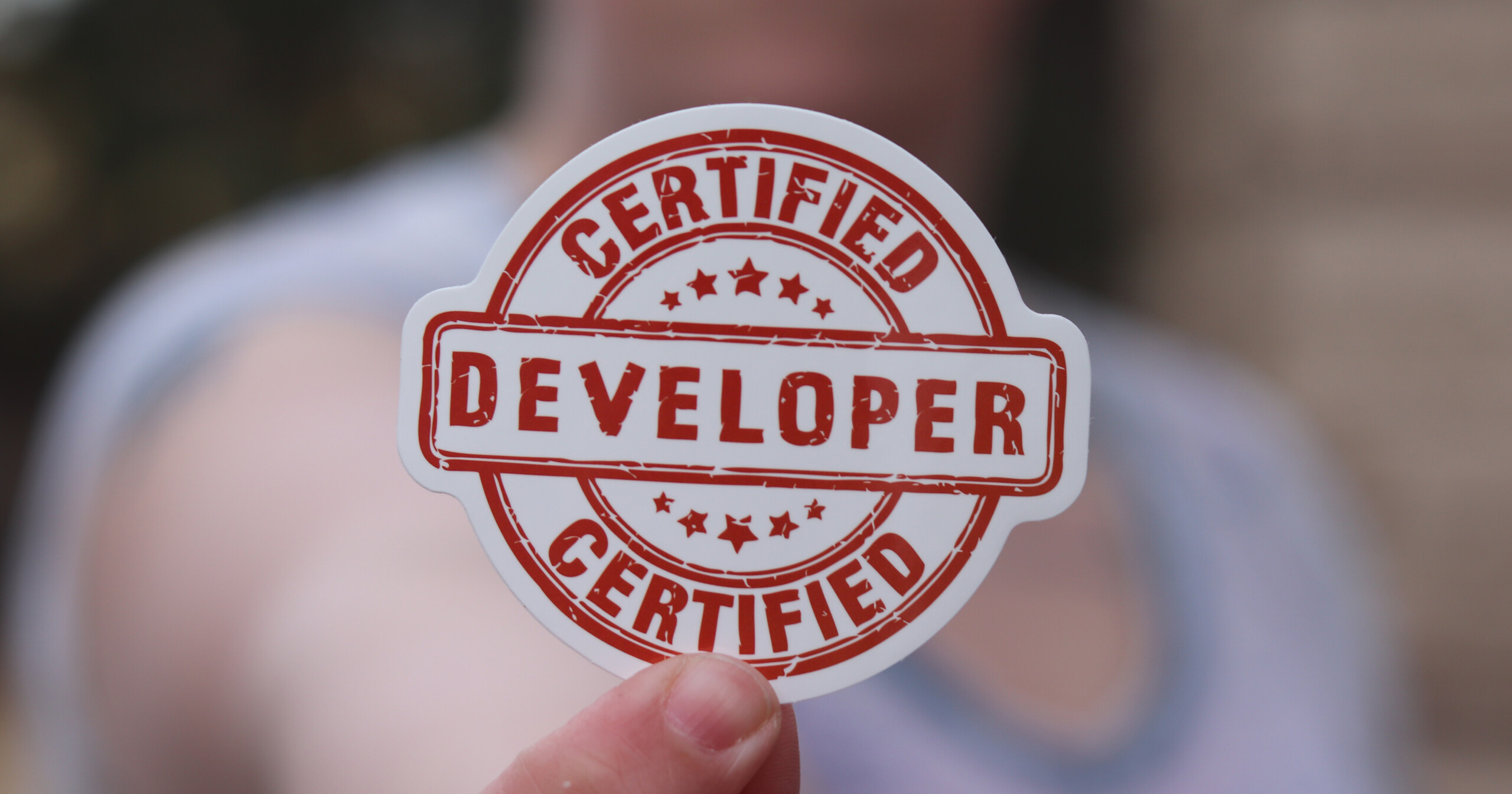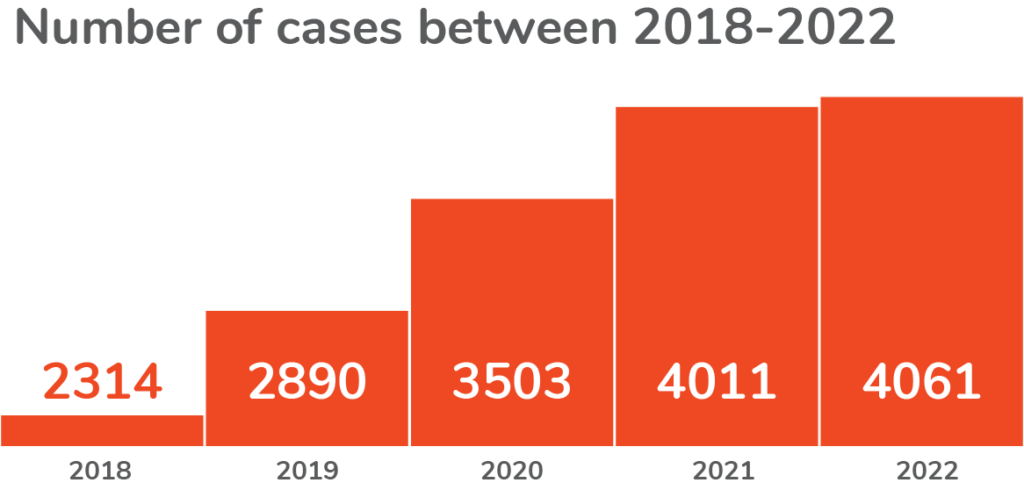Web Accessibility Design, Development, Auditing, and Remediation

Did you know that there is currently a shortage of web accessibility professionals? According to the Wall Street Journal, more companies are looking to hire accessibility specialists, pushed to the forefront by the effects of the COVID-19 pandemic, aging population, lawsuits, as well as diversity and inclusion efforts. And they’re struggling to find suitable candidates with strong accessibility skill sets.
“The number of job listings with “accessibility” in the title grew 78% in the year ended in July from the previous 12 months, LinkedIn said”
– Wall Street Journal (2021)
While a good Web Accessibility Specialist doesn’t HAVE to be certified to be competent – hiring a certified professional is the best way to know that the candidate has proven their capabilities through a comprehensive certification examination. Certification also ensures that the person has, and maintains a high level of knowledge and skill with current technology, guidelines, and laws.
Looking for a Website Accessibility Audit Quote?
We ARE IAAP WAS Certified
What is IAAP?
IAAP stands for the International Association of Accessibility Professionals. IAAP is a Division of the Global Initiative for Inclusive Information Communication Technology Services (ICTs) – otherwise known as G3ict.
“G3ict is an advocacy initiative launched in December 2006 by the United Nations Global Alliance for ICT and Development, in cooperation with the Secretariat for the Convention on the Rights of Persons with Disabilities under UN DESA. G3ict relies on an international network of ICT accessibility experts to develop and promote good practices, technical resources and benchmarks for ICT accessibility advocates around the world. G3ict is incorporated as a nonprofit organization in the State of Georgia, USA, and headquartered in Atlanta.”
– IAAP
What is a Web Accessibility Specialist (WAS) Certification?
Many countries have created or are in the process of developing guidelines and laws supporting a base accessibility level for websites. Because of this, the demand for web developers and designers with WCAG accessibility knowledge has increased dramatically.
With this demand, comes a need for a verified level of expertise. The WAS Certification gives web professionals the credibility that they can perform the evaluation and remediation of websites and digital content. For front-end developers and designers this certification shows their proficiency to create, code and maintain accessible websites.
WAS certification also includes not just being aware – but how to use assistive technologies, such as screen readers and common iOS and Android assistive apps.
Before applying for a certification exam, the professional must provide proof of a minimum of 3 years of experience in Web Accessibility and must have first-person experience in the following areas:
- HTML
- JavaScript
- Accessibility/usability testing in iOS environments
- Accessibility/usability testing in Android environments
- Accessibility/usability testing in Windows environments
- Accessibility/usability testing with multiple forms of assistive technology
- browser-specific assistive technologies
- ARIA (Accessible Rich Internet Applications)
- ATAG (Authoring Tool Accessibility Guidelines)
- WCAG (Web Content Accessibility Guidelines) 2.1 Standards
- Understanding and implementation of accessibility best practices.
- Web accessibility auditing and remediation.
- Understanding the impacts of web accessibility on disabled people.
The WAS certification exam is a 2-hour exam, and once certified, it is valid for 3 years, during which the professional must earn Continuing Accessibility Education Credits (CAECs).

ADA – AODA
Find out if your website is leaving you vulnerable
Call today and book your Accessibility Audit
What are the Real World Implications of Hiring the Wrong Person?
Shortcuts are Leading to Lawsuits
Inaccessible websites are affecting companies in a real tangible way. Lawsuits due to inaccessibility in the US have continued to increase. According to Usablenet, “ADA-based cases, where the subject of the claim was either a website, mobile application or video content, reached a rate of over 10 per day in 2021 with over 4000 in total.”

Number of accessibility lawsuit cases in the USA between 2018 and 2022
2018: 2314 cases
2019: 2890 cases
2020: 3503 cases
2021: 4011 cases
2022: 4061 cases
Quick-Fix Plugins are Leading to Lawsuits
The simplicity and growth of plug-in web accessibility solutions are also causing companies some unexpected headaches. Plug-in, widget or accessibility add-on solutions are marketed as a way to quickly become compliant and prevent lawsuits. These solutions do have their place but it’s important to know their pros and cons. Unfortunately, many companies are using them as a fix-all solution and in all cases I’ve seen, they’re not able to fix malformed code or major issues leading to a barrier for assistive device users. Lawsuits have been filed and settled against companies using accessibility plugins for this exact reason. One of the largest examples is the suit against ADP. When ADP started receiving complaints about the inaccessibility of their site, they installed an accessibility overlay – which created a host of accessibility issues. What’s most important about this case is that it wasn’t the accessibility plugin developer that was sued – it was the company that deployed it. In July 2022 alone, UsableNet reports there were 79 defendants sued while using a 3rd party accessibility-related control (widget) (source: https://info.usablenet.com/ada-website-compliance-lawsuit-tracker)
In Canada, Ontario already adopted AODA legislation, and other provinces are working on their accessibility legislation. In Canada a user cannot sue, but instead, the government evaluates the sites and can levy stiff daily fines to both the company, the directors and officers of a corporation.
- A corporation/organization that is guilty can be fined up to $100,000 per day
- Directors and officers of a corporation/organization that is guilty can be fined up to $50,000 per day (source: https://accessibilitycanada.ca/aoda/)
Some Eastern European countries are far ahead of the curve, having developed website accessibility laws well before the Western world. Companies with international websites need to be reviewed by an accessibility professional to ensure that they are meeting web accessibility standards in that specific country, as international penalties can be very expensive.
Advantages of Hiring a Certified Web Accessibility Specialist through an Agency
- You’ll save money. Pay for only the time you need, when you need it.
- An agency can give you the full backbone of multiple disciplines that can intertwine to help with complex issue identification & resolution
- Not having to worry about the cost of ongoing education and certification
Is Your Website Accessible?
Website audits are the best way to start and see if you’re website needs work to become accessible. If you’d like more information on how to find out if your site is accessible or how to fix your website, you can fill out our Website Accessibility Request form or contact us at [email protected]
Sources:
Photo by RealToughCandy.com
Checklist Vectors by Vecteezy